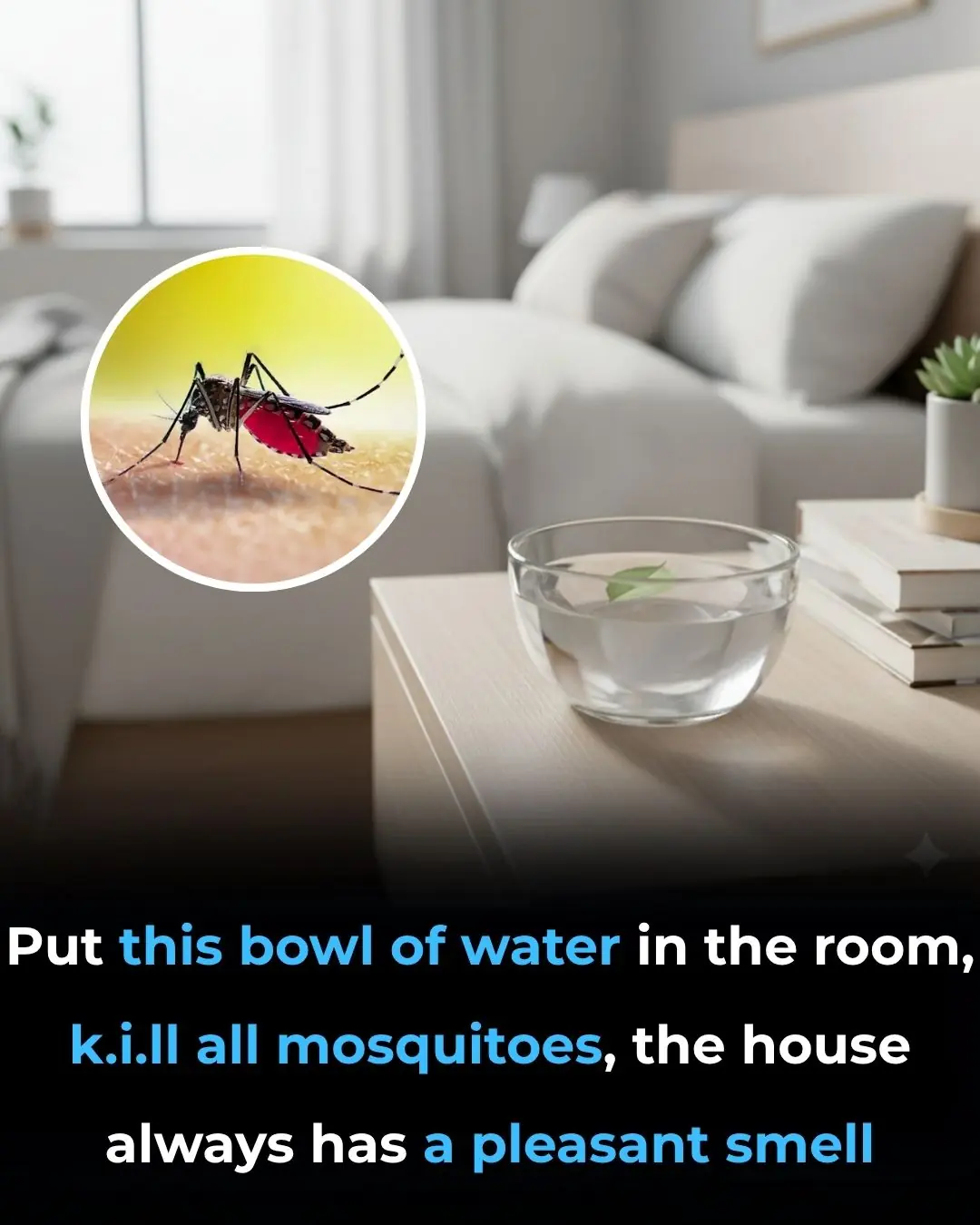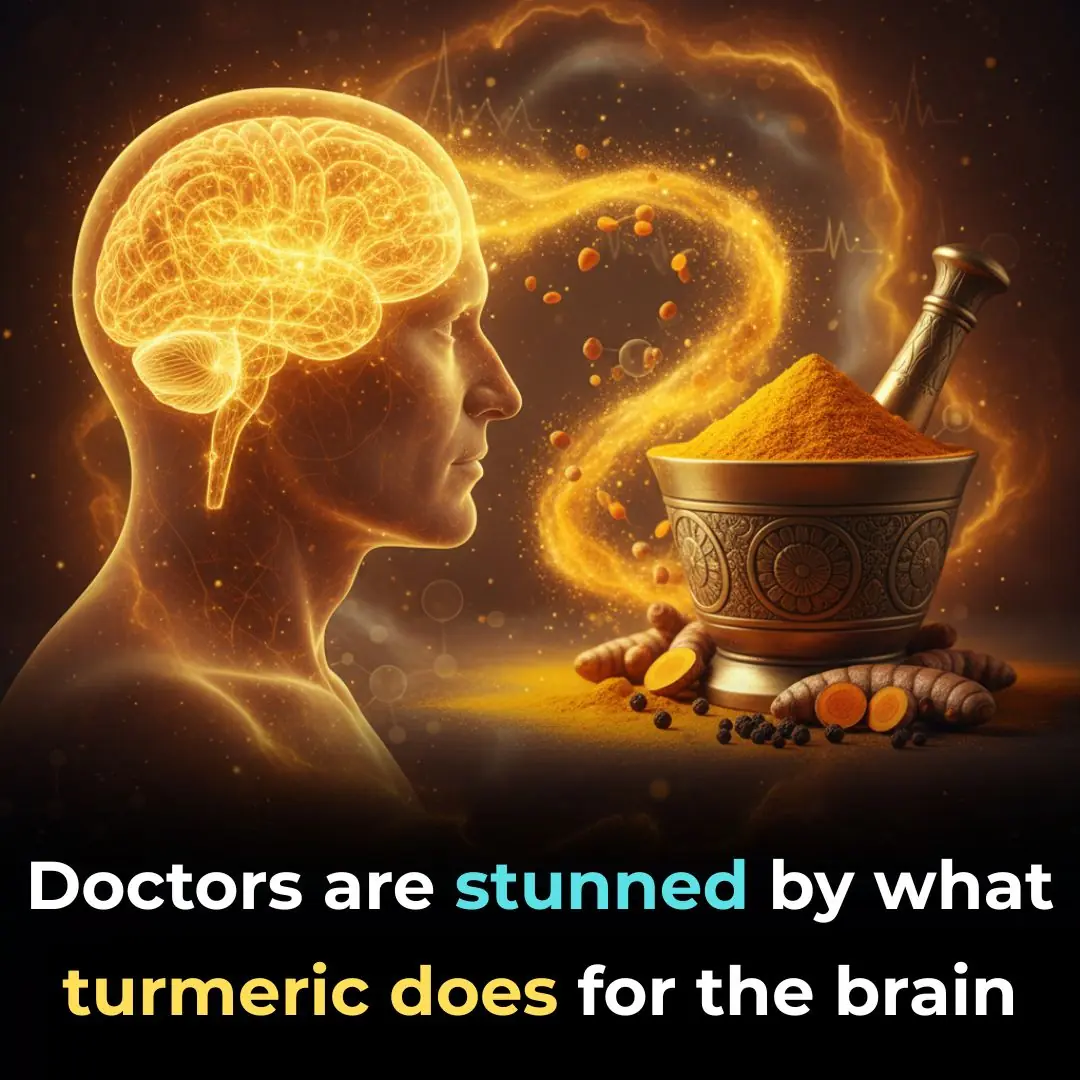
Warts on Hands: Causes and Effective Natural Treatments

Warts on the hands are a common skin condition caused by a viral infection that targets the upper layer of the skin. While these growths can occur anywhere on the body, they are most commonly found on the hands, fingers, face, neck, and feet. The culprit behind this unsightly condition is the human papillomavirus (HPV)—a group of more than 100 virus types. The virus enters the body through tiny cuts, scratches, or abrasions, making even minor skin damage a potential entry point.
Although warts are generally harmless, they can be embarrassing, uncomfortable, and stubborn. For many, especially those dealing with visible warts on the hands, the urge to remove them is strong. The good news? You don’t always need harsh medical treatments. There are natural remedies that have helped many people successfully eliminate warts over time. However, some persistent cases may require stronger medical interventions, especially if you're dealing with plantar warts (verrucas) or recurring infections.
What Causes Warts on Hands?
The human papillomavirus spreads primarily through direct skin contact with a person who has warts or with surfaces contaminated by the virus. This includes shared towels, gym equipment, or even shaking hands.
According to the Mayo Clinic, HPV enters through any break in the skin—however small. Everyday actions like biting your nails, pulling hangnails, or even minor abrasions can open the door for infection. Children and teens are especially vulnerable since their immune systems are still developing and may not effectively combat the virus.
Interestingly, not everyone who comes into contact with HPV will develop warts. Your immune system plays a significant role in determining whether the virus can take hold. Those with weaker immunity are at greater risk.
Common Types of Hand Warts
Warts come in various shapes and sizes, and knowing what type you have can help guide treatment. The types most often found on the hands include:
1. Common Warts
These are the most frequently seen on hands and fingers. They have a rough, grainy surface and are usually skin-colored, white, or tan. Tiny black dots (clotted blood vessels) may be visible. Common warts often appear in clusters, as the virus easily spreads to surrounding skin.
2. Flat Warts
These are more common in children and teens. Flat warts are smoother, smaller, and less raised than common warts. They're often pink or slightly yellow and can occur on the backs of hands or faces.
3. Other Warts (Not Typically on Hands)
-
Plantar Warts (Verrucas): These grow on the soles of the feet and can be painful due to pressure from walking. They often appear flat and may occur in clusters.
-
Genital Warts: These appear around the genital or anal areas and are considered a sexually transmitted disease (STD). They are highly contagious and require medical treatment.
Why You Should Remove Hand Warts
While hand warts are usually benign, there are important reasons to remove them:
-
They’re contagious: HPV can easily spread to other people and to other parts of your body.
-
They multiply: One wart can quickly become several if not treated properly.
-
They’re unsightly: Especially when on visible areas like fingers or palms, warts can be embarrassing.
-
They can cause discomfort or pain: Particularly if they grow near joints or in areas of frequent friction.
-
They can bleed or change appearance: In rare cases, this could be a sign of a more serious condition.
🧼 Important Tip: Always wash your hands after touching a wart, and never pick at it. Picking can lead to infection and further spread.
Natural Treatments for Hand Warts
Many people have found success using home remedies to eliminate warts. These methods are often inexpensive and use ingredients that are easily found at home or in health stores. Here are some of the most effective:
1. Apple Cider Vinegar (ACV)
ACV contains acetic acid, which has antiviral and antimicrobial properties. It’s often compared to salicylic acid, a common over-the-counter wart remover.
How to Use:
-
Soak a cotton ball in ACV and place it over the wart.
-
Secure it with a bandage or tape.
-
Leave it on overnight and repeat daily.
-
The wart should darken and eventually fall off after about a week or two.
2. Hydrogen Peroxide (35% Food Grade)
This strong antiviral solution helps oxidize and destroy wart tissue.
How to Use:
-
Gently file the wart to expose the skin.
-
Apply hydrogen peroxide with a cotton swab 3–5 times daily.
-
Continue for 1–2 weeks or until the wart falls off.
⚠️ Warning: Do not use this around eyes or on sensitive skin.
3. Duct Tape Method
Yes, duct tape! It works by suffocating the wart and triggering an immune response.
How to Use:
-
Clean and dry the wart area.
-
Apply a piece of duct tape over it.
-
Leave on for 6 days, then remove and soak in warm water.
-
Gently file the skin.
-
Let the area breathe overnight, then repeat the process.
Success rate: Up to 85%, comparable to cryotherapy in some studies.
4. Garlic Extract
Garlic has powerful antiviral and antimicrobial properties. It’s been shown in studies to cure warts in most cases.
How to Use:
-
Crush a clove of garlic and apply it directly to the wart.
-
Cover with a bandage.
-
Leave on for several hours or overnight.
-
Repeat daily.
5. Citric Acid
Found naturally in citrus fruits, citric acid has been proven to fight HPV effectively and with few side effects.
How to Use:
-
Use a 50% citric acid solution.
-
Apply carefully to the wart daily using a cotton swab.
-
Observe changes over 1–2 weeks.
Medical Treatments for Persistent Warts
If home remedies don’t work, several clinical treatments are available:
✅ Salicylic Acid
A topical treatment that slowly peels the wart away layer by layer.
✅ Cryotherapy
Involves freezing the wart with liquid nitrogen. It usually requires multiple sessions.
✅ Laser Therapy
Destroys blood vessels that feed the wart. Can be painful and might cause scarring.
Your dermatologist may also recommend prescription creams, immunotherapy, or minor surgical removal depending on the severity.
How to Prevent Warts on Your Hands
Because HPV has no cure, prevention is essential to avoid future outbreaks.
Prevention Tips:
-
✅ Avoid touching or picking at warts.
-
✅ Don’t bite your nails or pull hangnails.
-
✅ Keep personal items like towels, razors, and nail clippers to yourself.
-
✅ Wear sandals in public showers or locker rooms.
-
✅ Clean gym equipment before use.
-
✅ Keep your hands clean and dry.
-
✅ Boost your immune system with proper nutrition, exercise, and sleep.
When to See a Doctor
While most warts are harmless, consult a doctor if:
-
❗ You're unsure whether it’s a wart.
-
❗ It changes color, bleeds, or causes pain.
-
❗ Warts keep coming back despite treatment.
-
❗ The wart interferes with daily tasks or causes emotional distress.
Final Thoughts
Hand warts may seem like a small problem, but they can have a big impact on your confidence and comfort. Fortunately, there are many natural and clinical treatments available that can help you eliminate them safely and effectively. Whether you choose apple cider vinegar, duct tape, or a trip to the dermatologist, the key is persistence and proper care. And once they're gone, take steps to keep them from coming back.
🌿 Tip: Combine natural remedies with good hygiene and immune support for best results.
News in the same category

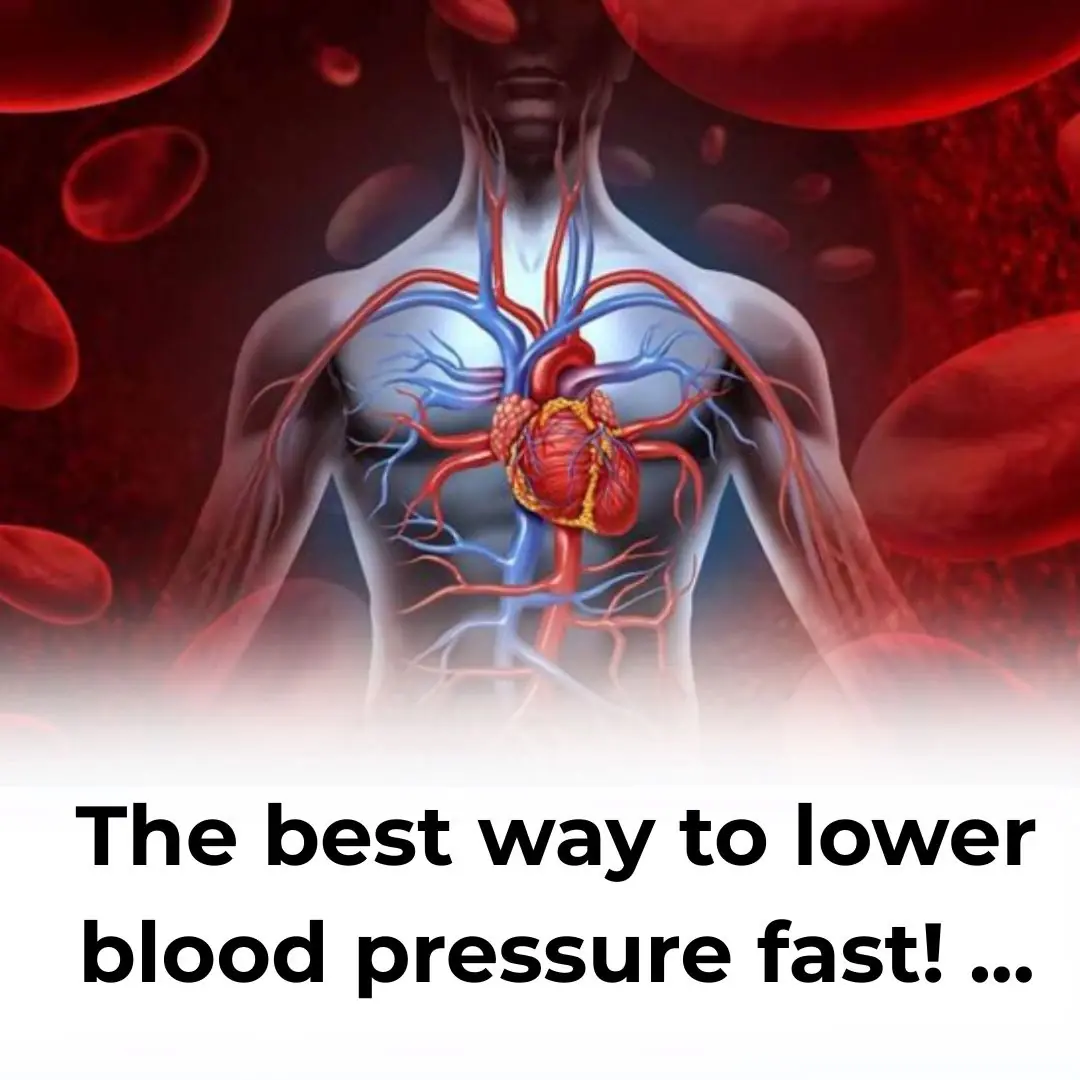
The best way to lower blood pressure fast!
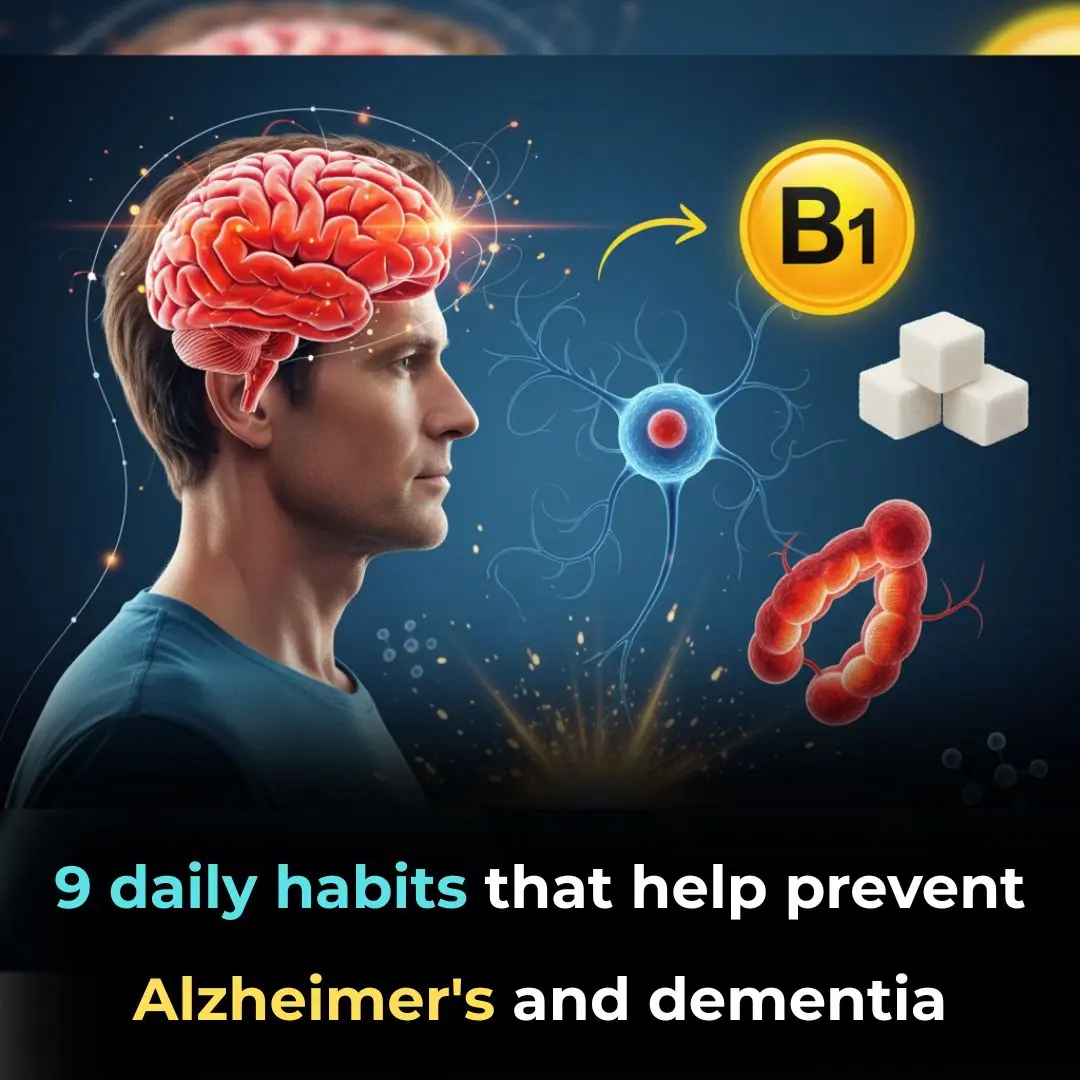
9 Habits You Need To Adopt Today To Stop Alzheimer’s or Dementia Before It Starts
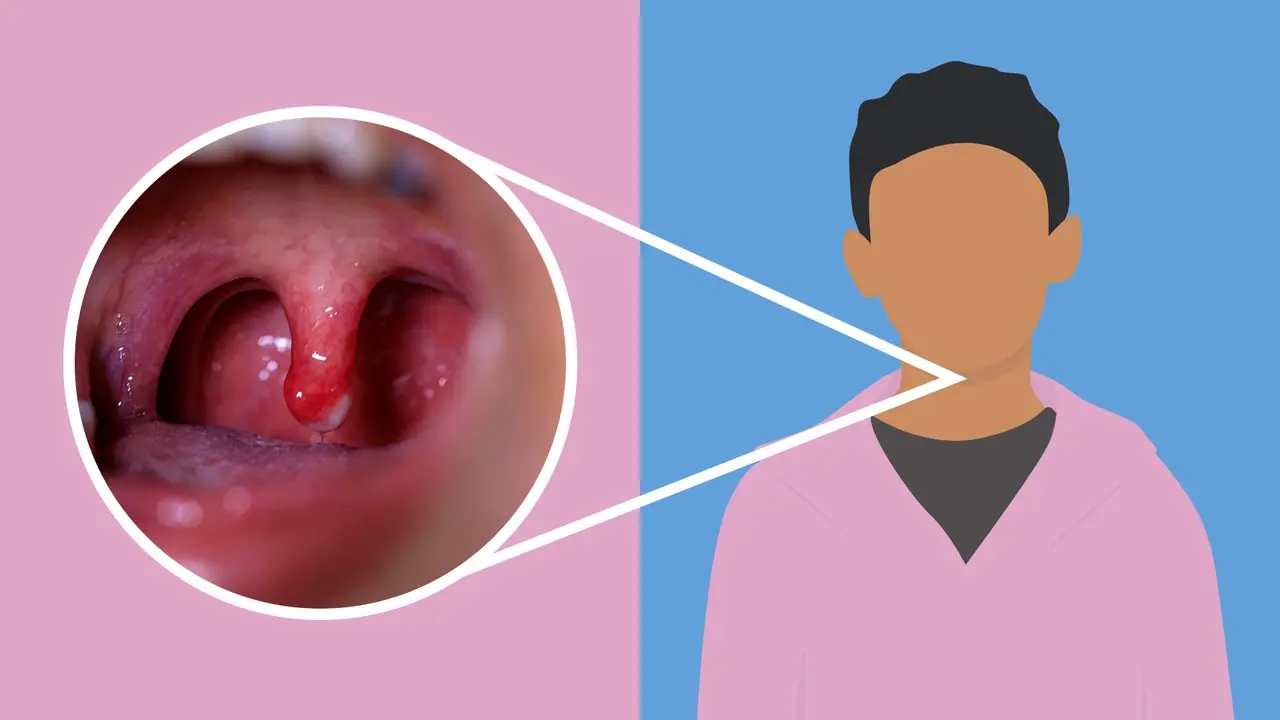
Get Rid of Throat Mucus Faster With These Highly Effective Natural Remedies
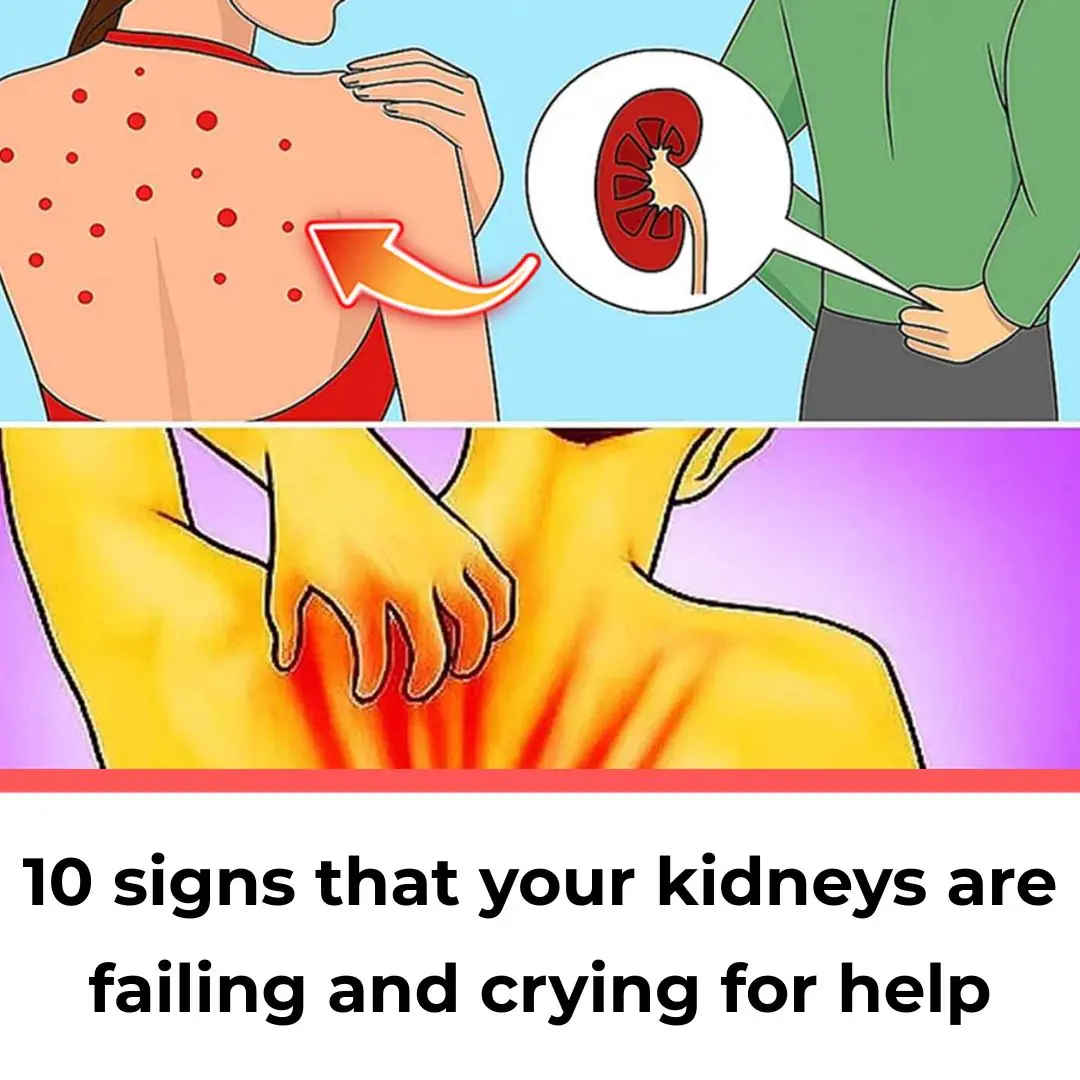
10 Symptoms of Kidney Disease
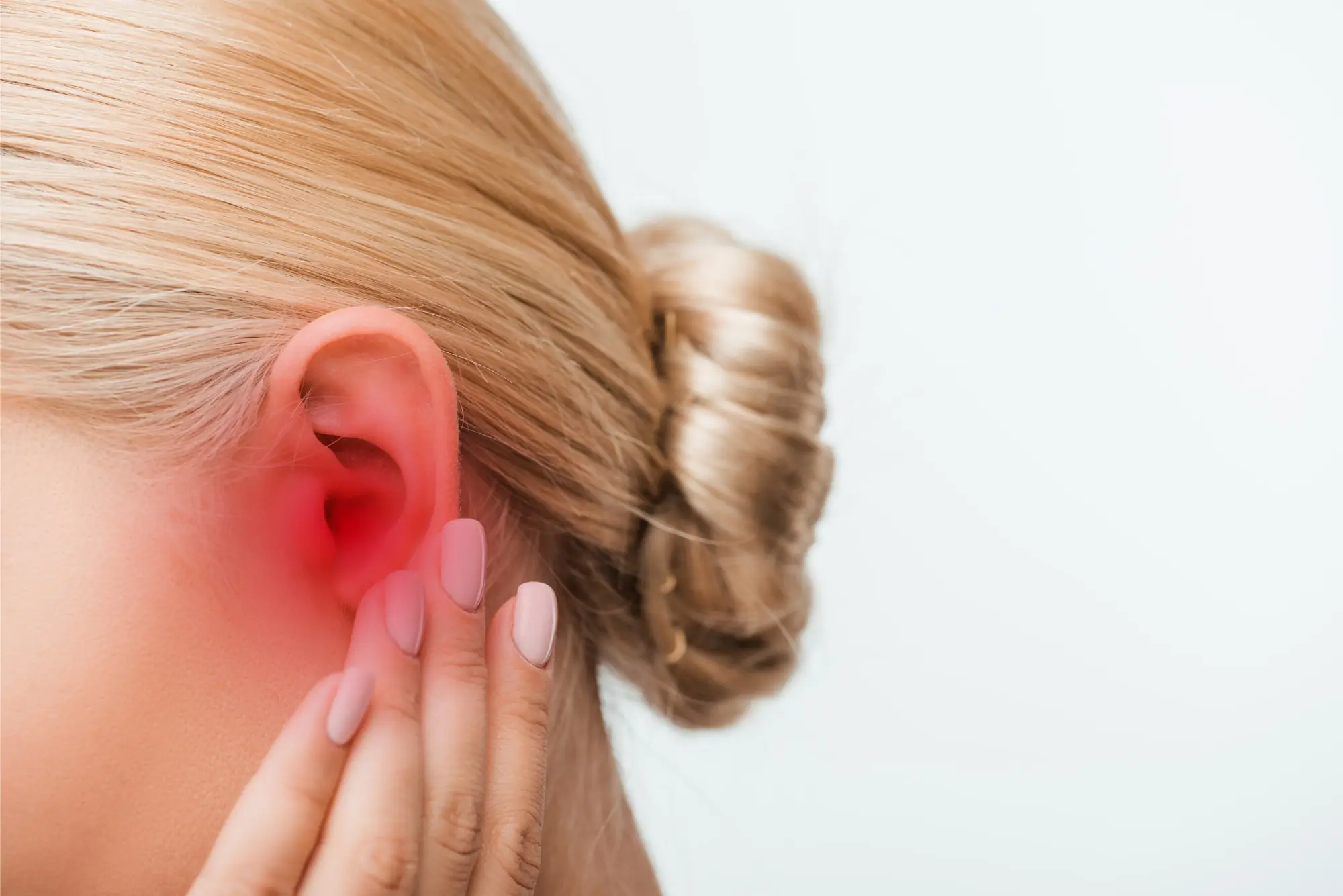
EAR PAIN EXPLAINED Causes, Relief & When to See a Doctor

Men Over 60: Chew This for 60 Seconds to Boost Energy & Confidence

How to Lose Weight with Cucumber! Simple & Quick Morning Recipe
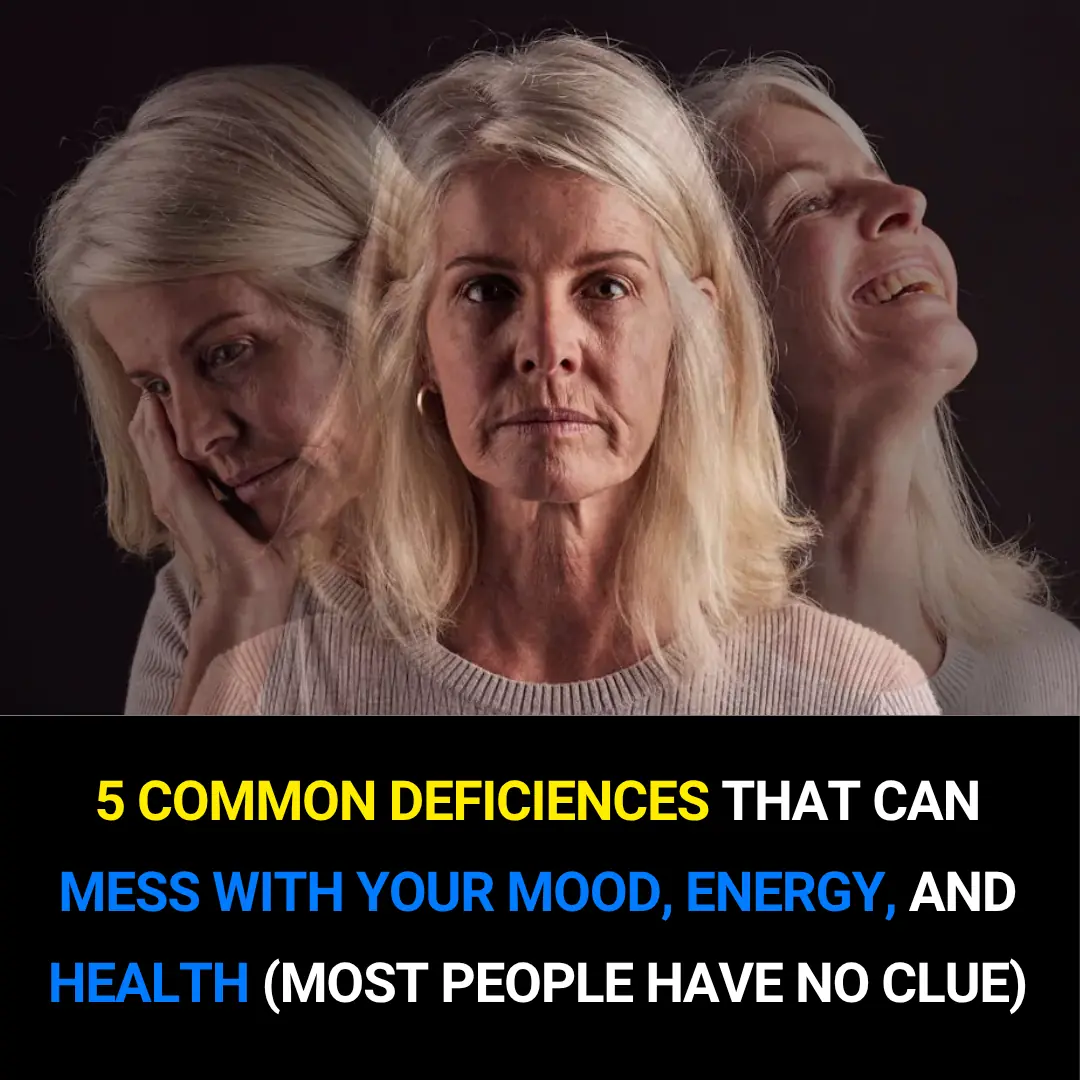
5 Deficiencies Almost Everyone Has (But Doesn’t Know About)
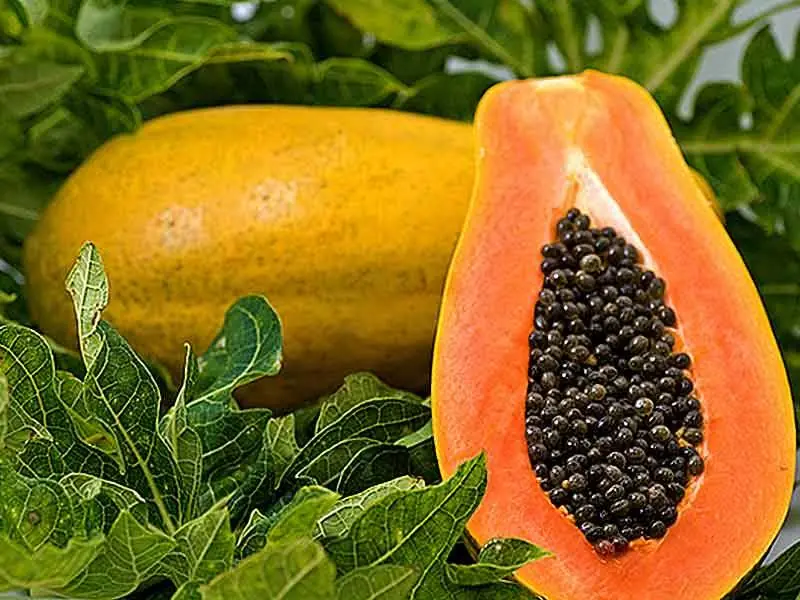
Scientifically Proven Health Benefits of Papaya (Fruit) and Uses for the Seeds
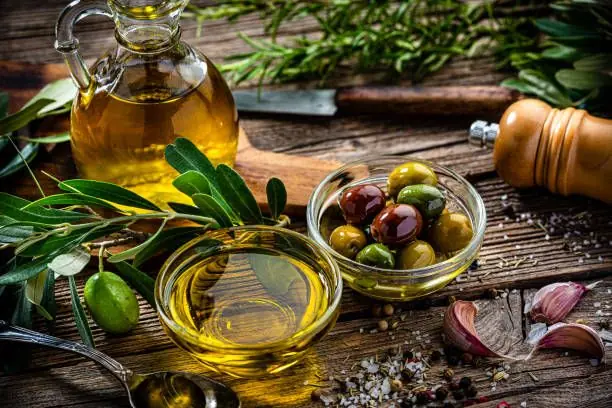
Scientifically Proven Health Benefits of Extra Virgin Olive Oil
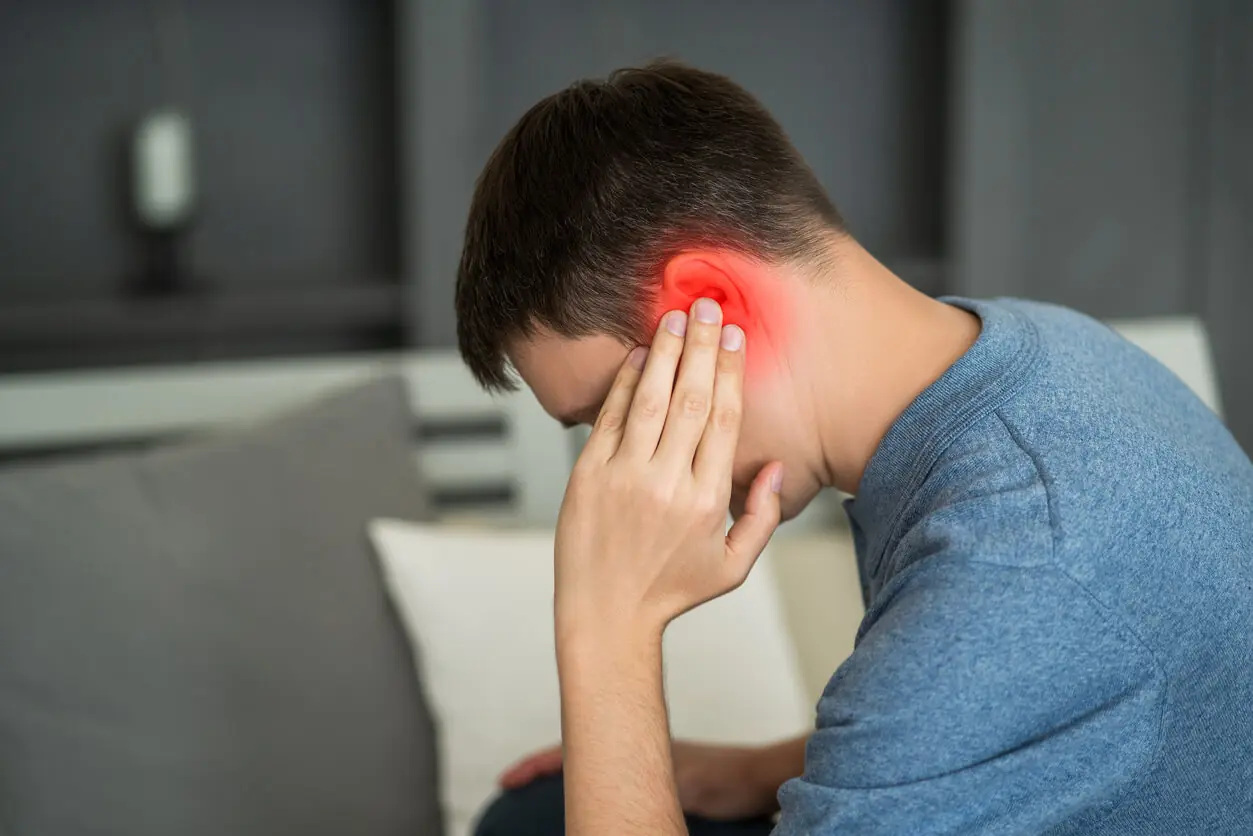
Sharp Pain in Ear: Causes, Treatments, and When to See a Doctor
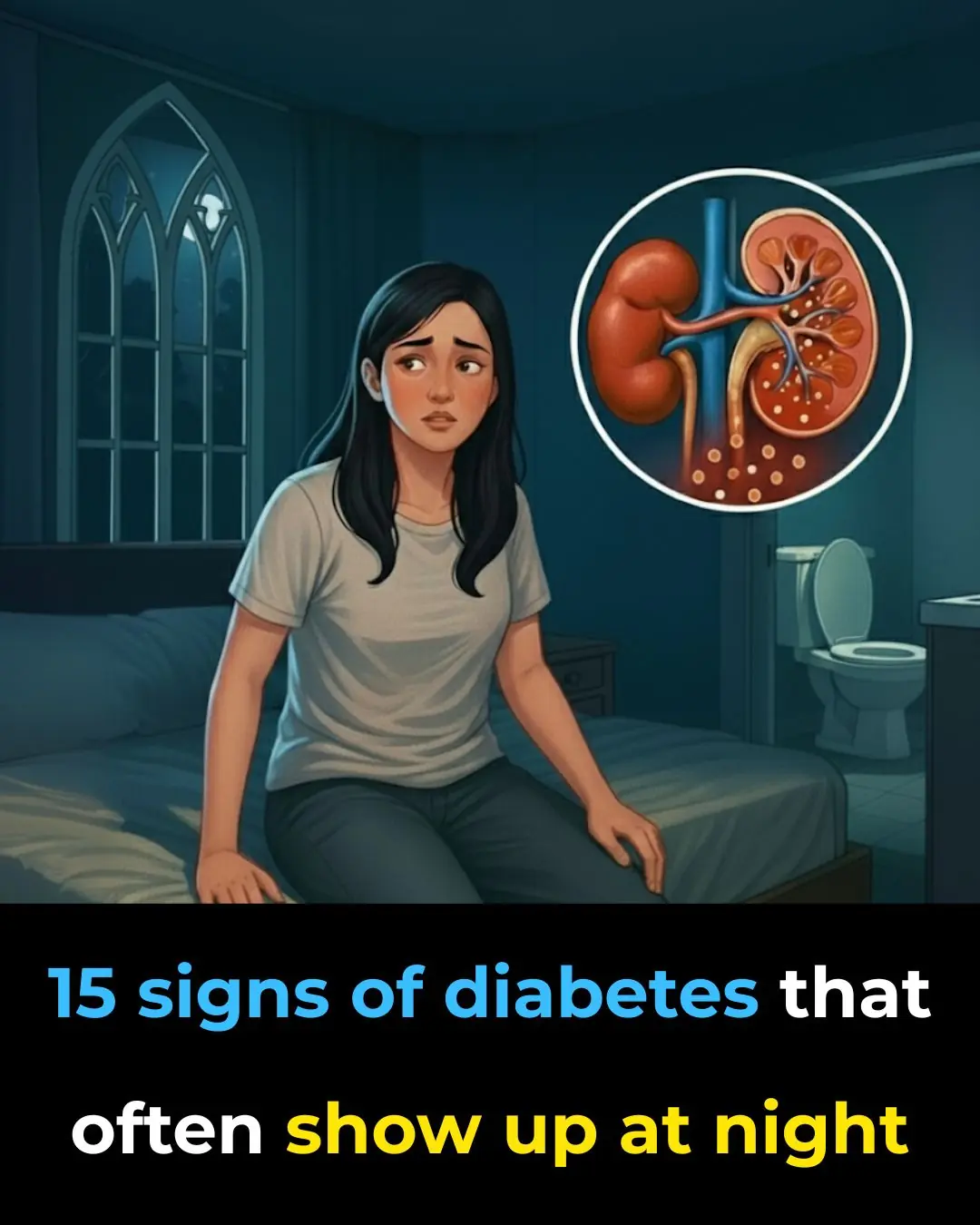
15 Nighttime Signs of Diabetes You Shouldn’t Ignore
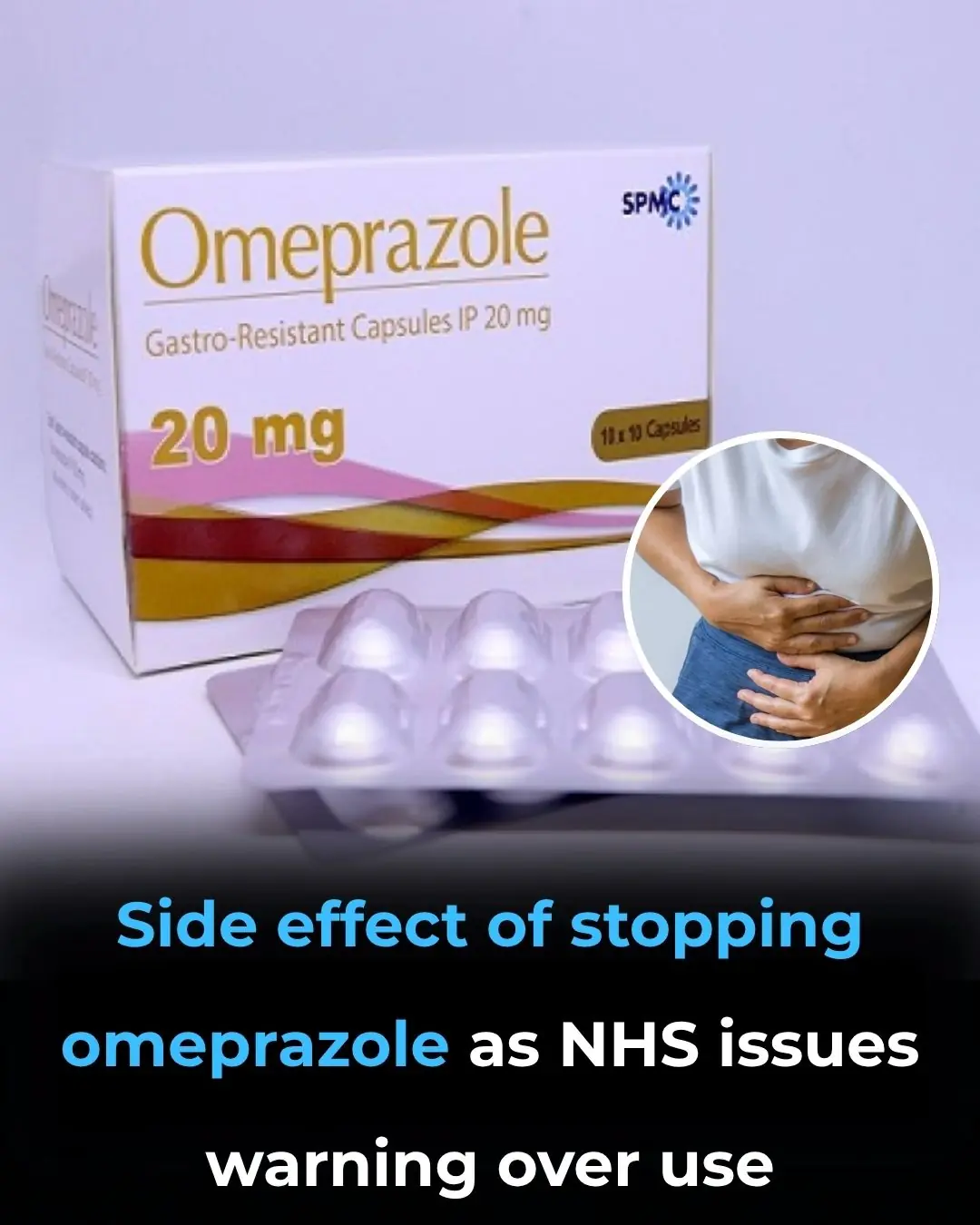
Side effect of stopping omeprazole as NHS issues warning over use
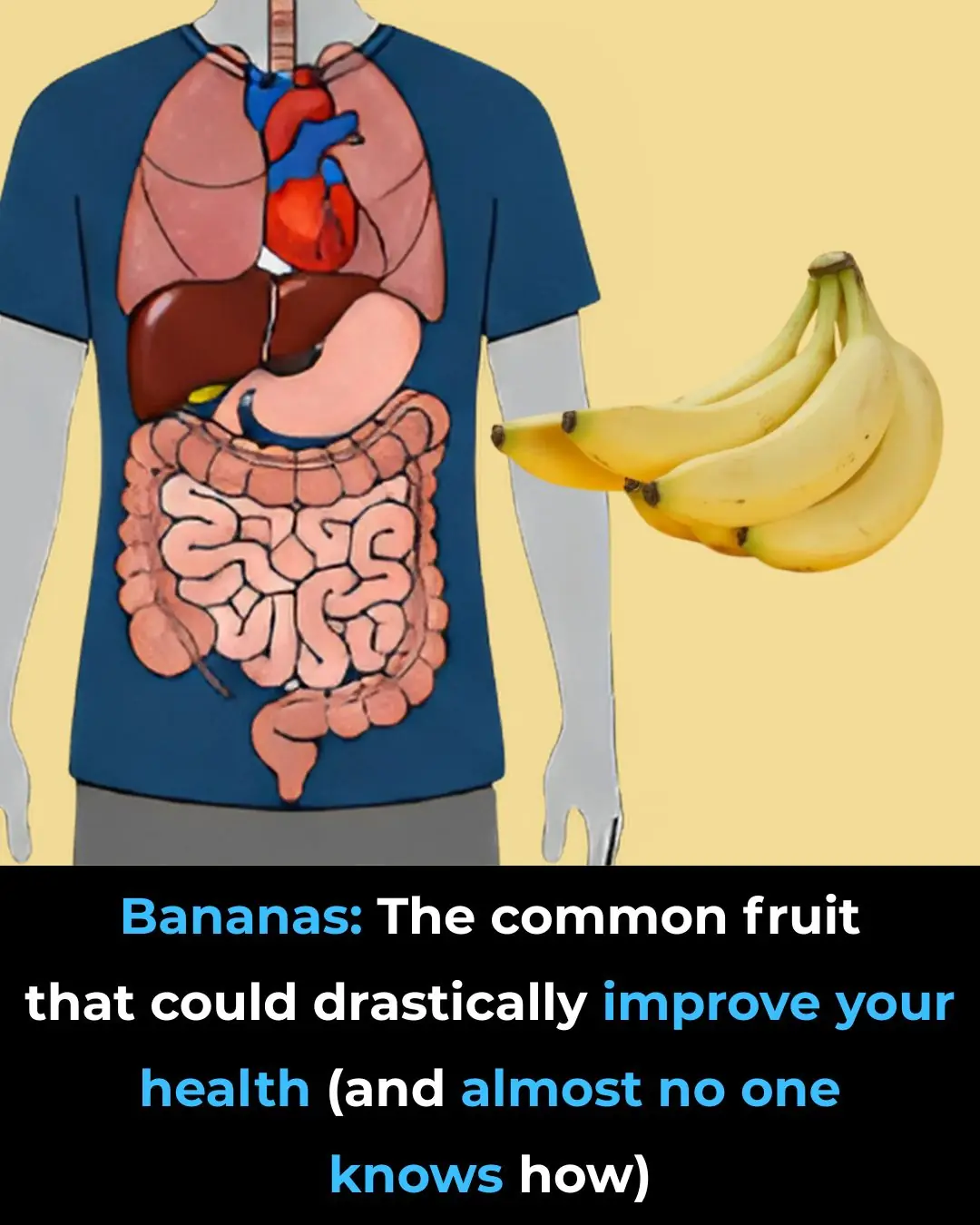
Proven Health Benefits of Banana and Banana Peel Based on Science

Worrying health reality of what it means if you leave skids in the toilet
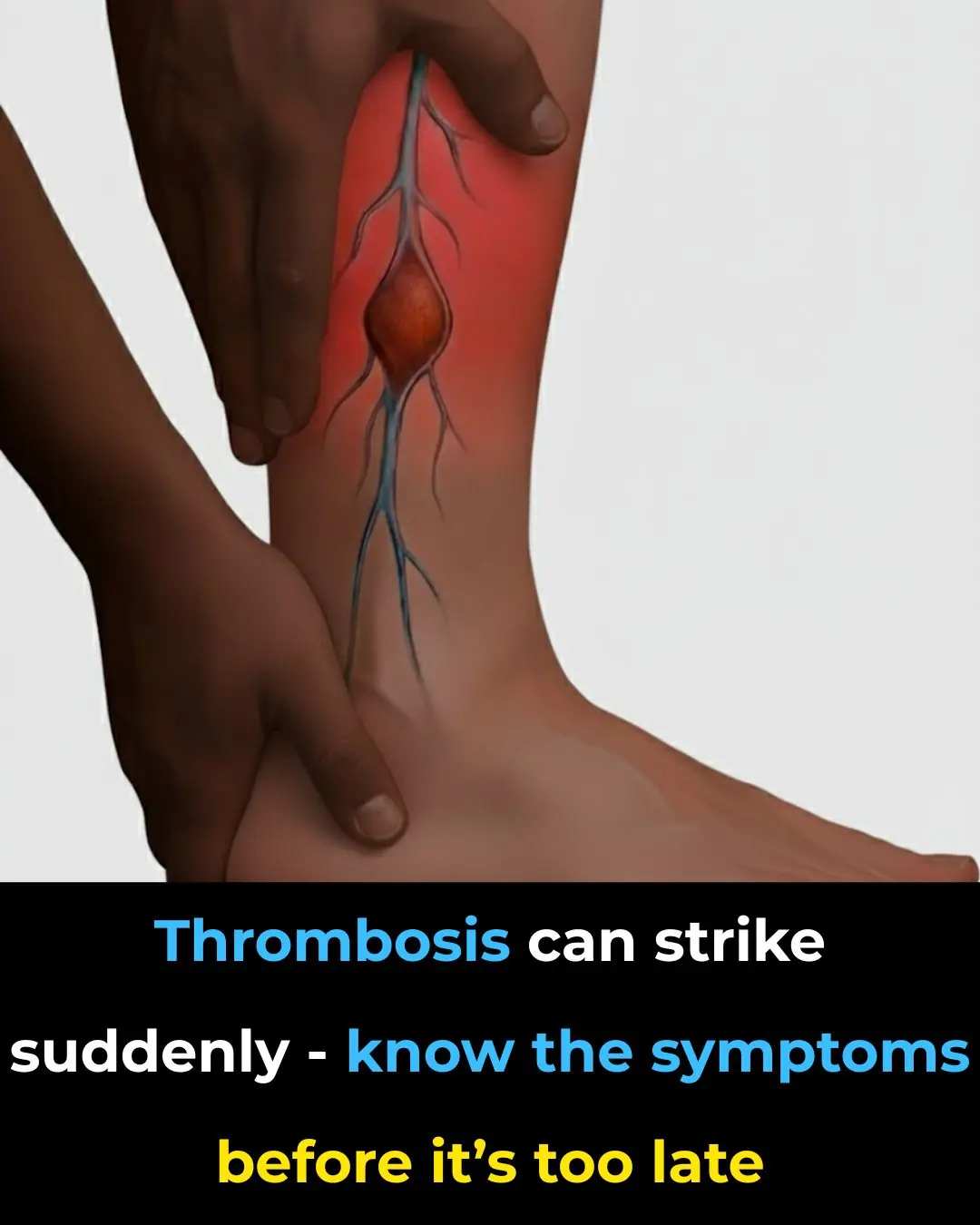
Blood Clot in Leg: Signs and Symptoms You Shouldn’t Ignore (Pictures Included)
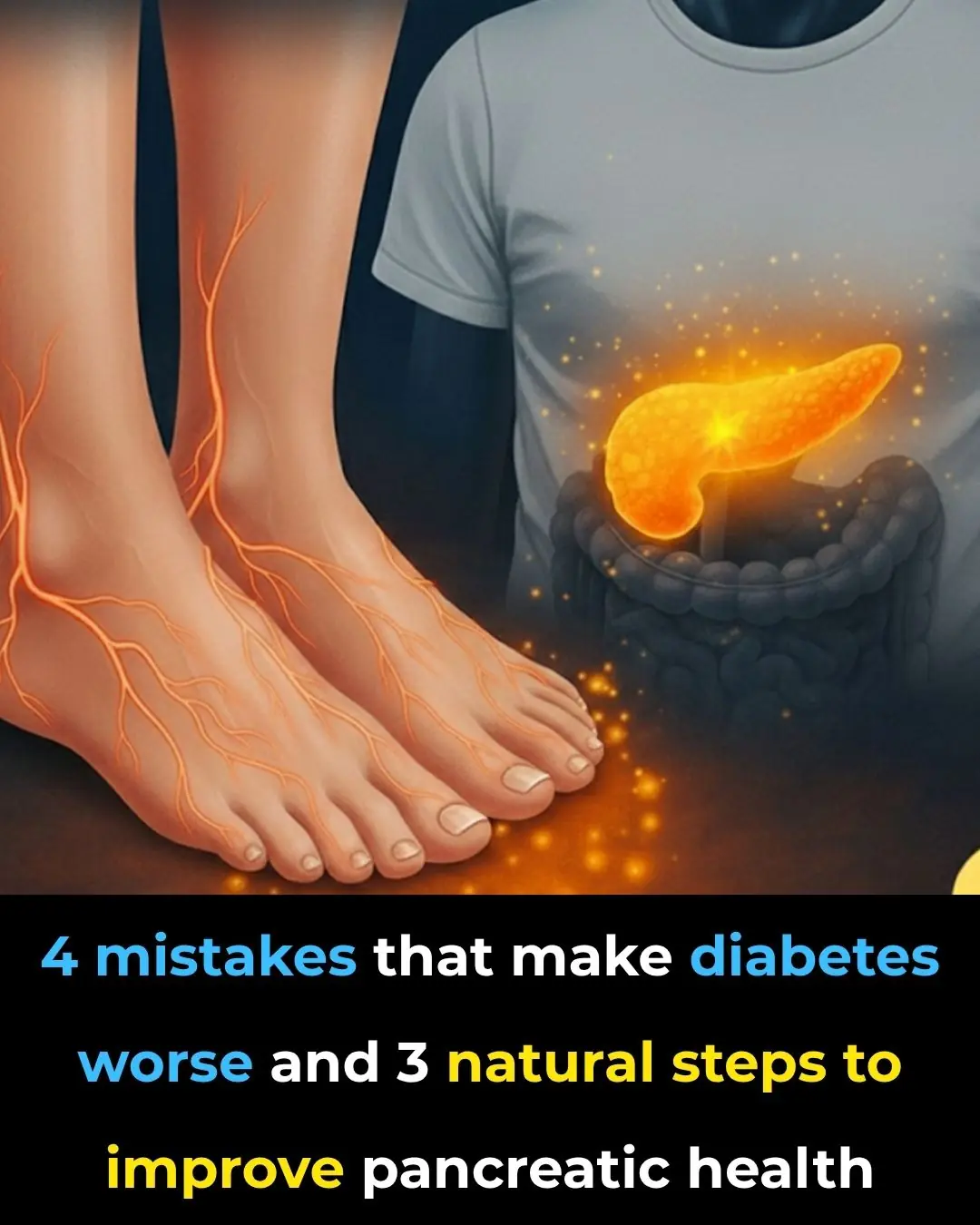
4 diabetes mistakes you MUST avoid + 3 Secrets to naturally regenerate your pancreas!

#1 best way to reverse & slow dementia
News Post
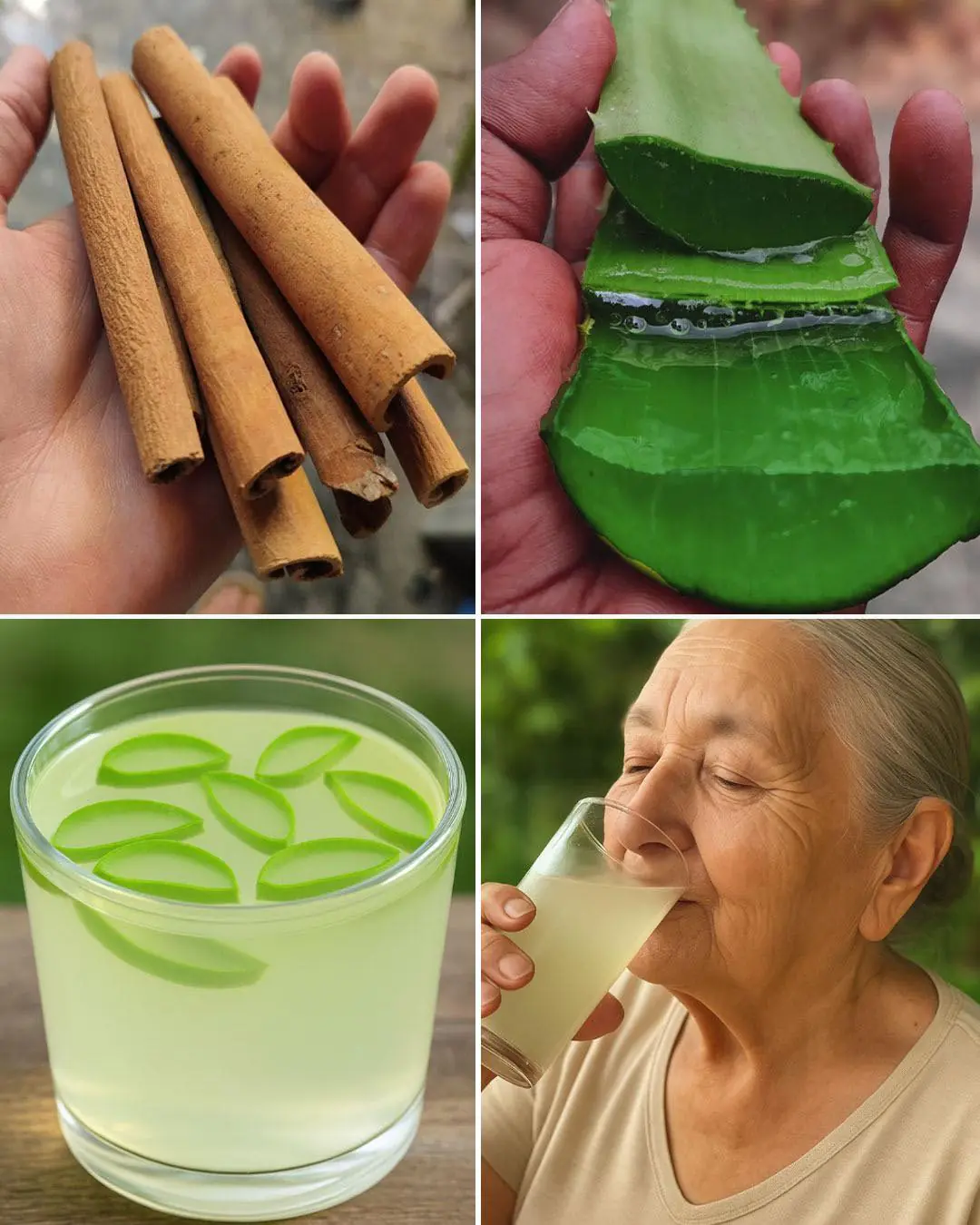
Aloe Vera and Cinnamon Remedy: Natural Benefits for Eye Health, Immunity, and Healing
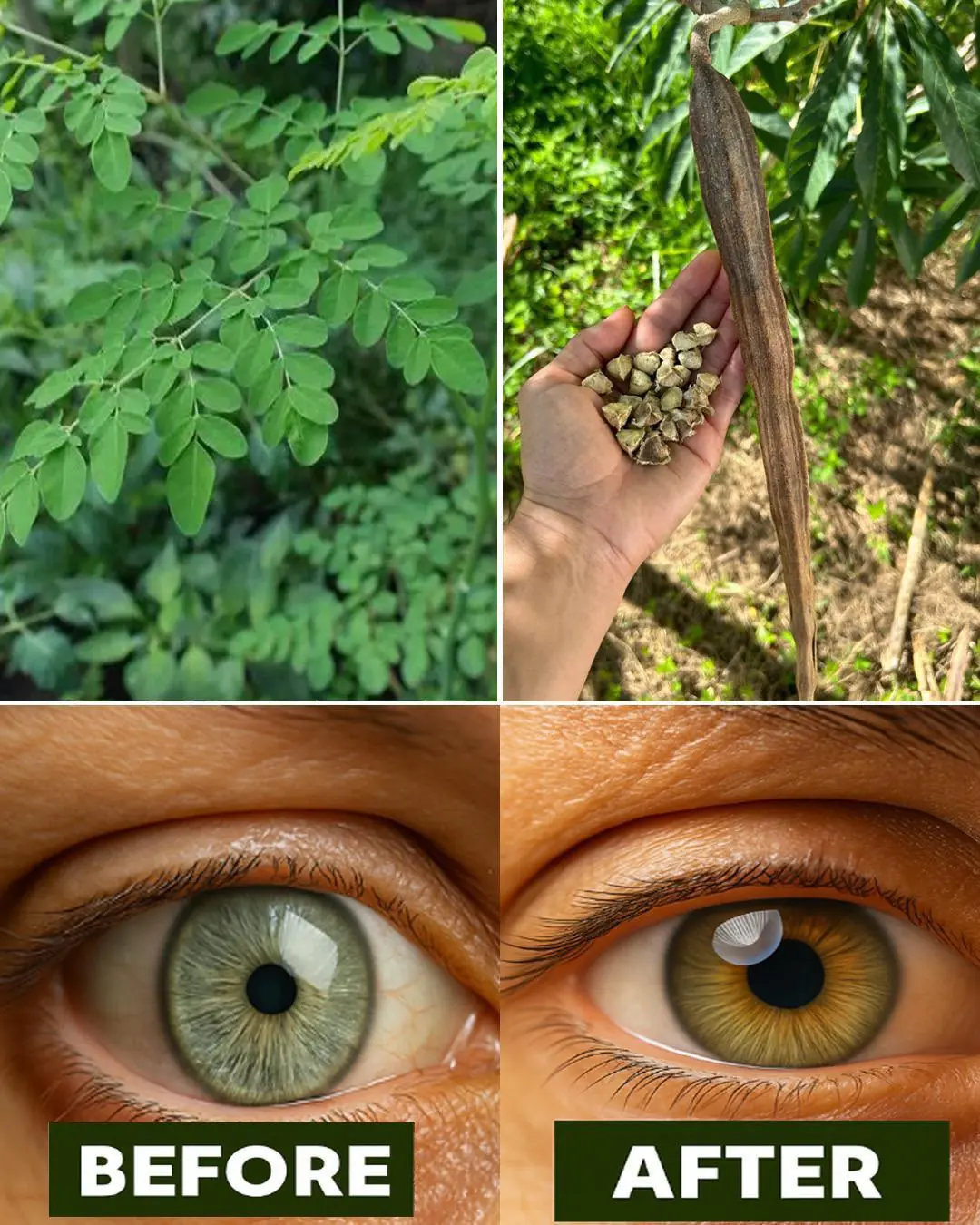
12 Powerful Benefits of Moringa Seeds
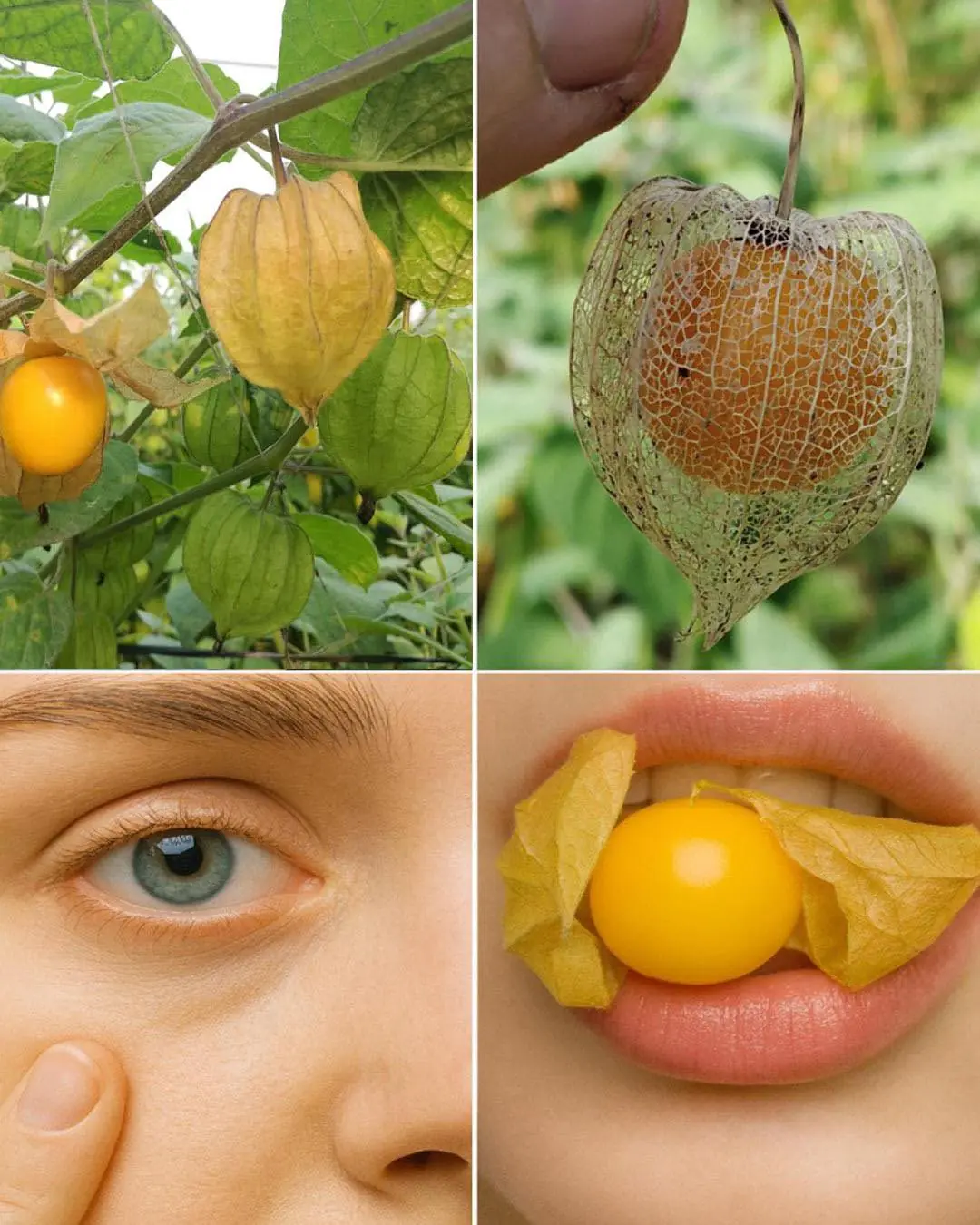
Goldenberries (Physalis peruviana): A Nutrient-Packed Powerhouse for Health and Vision
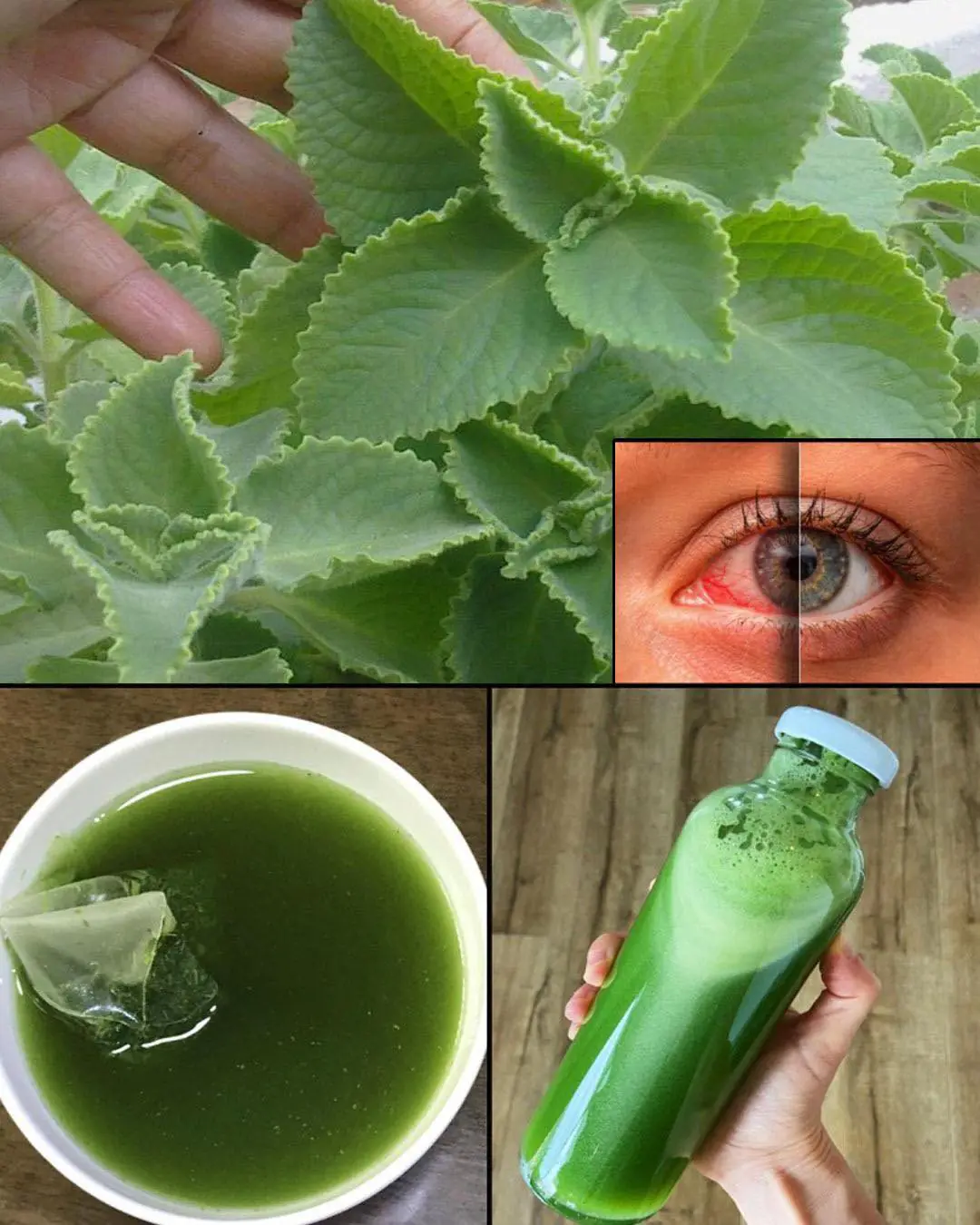
Oregano: The Golden Herb for Eye Health
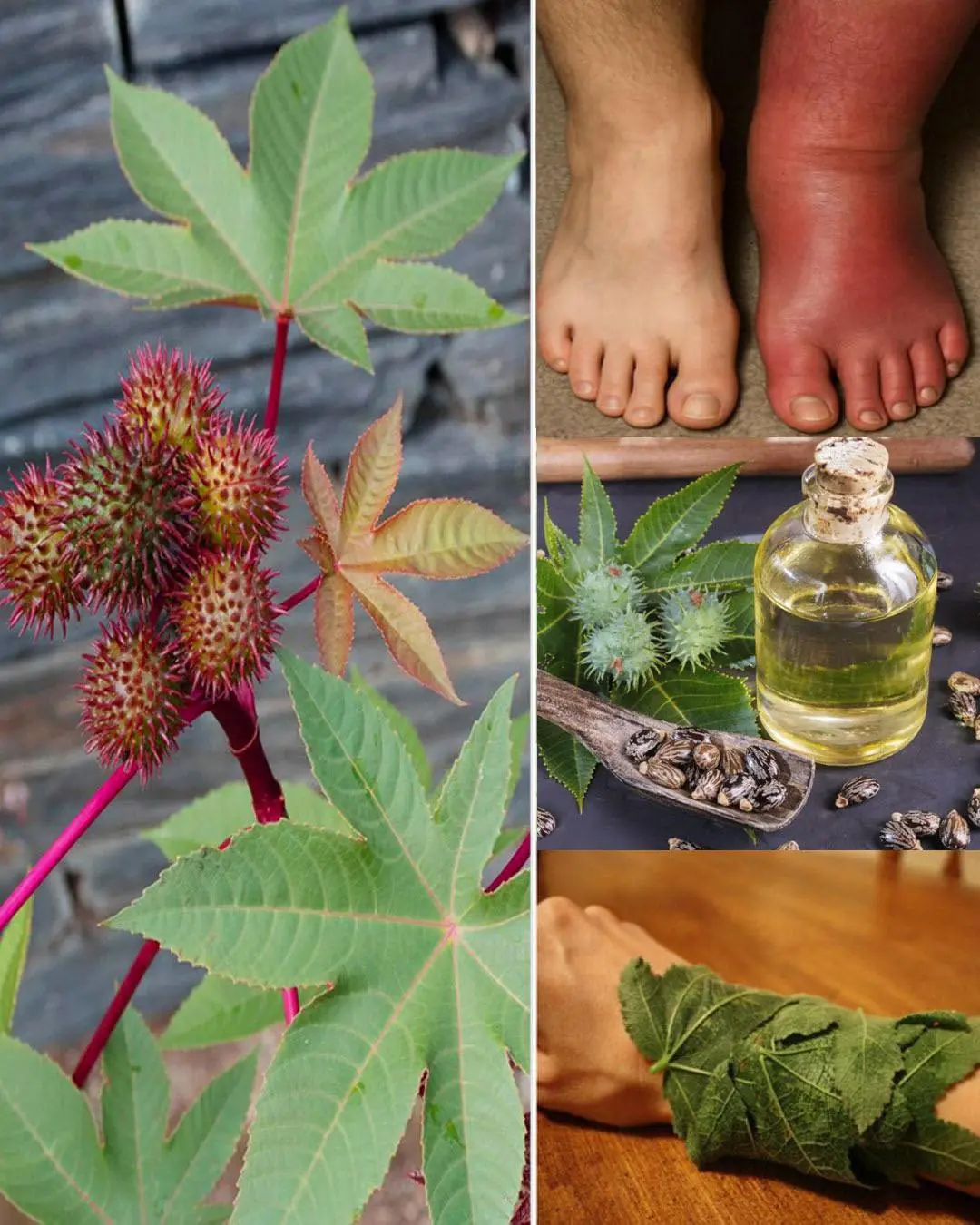
Some of the Benefits of Castor Leaves and the Seed
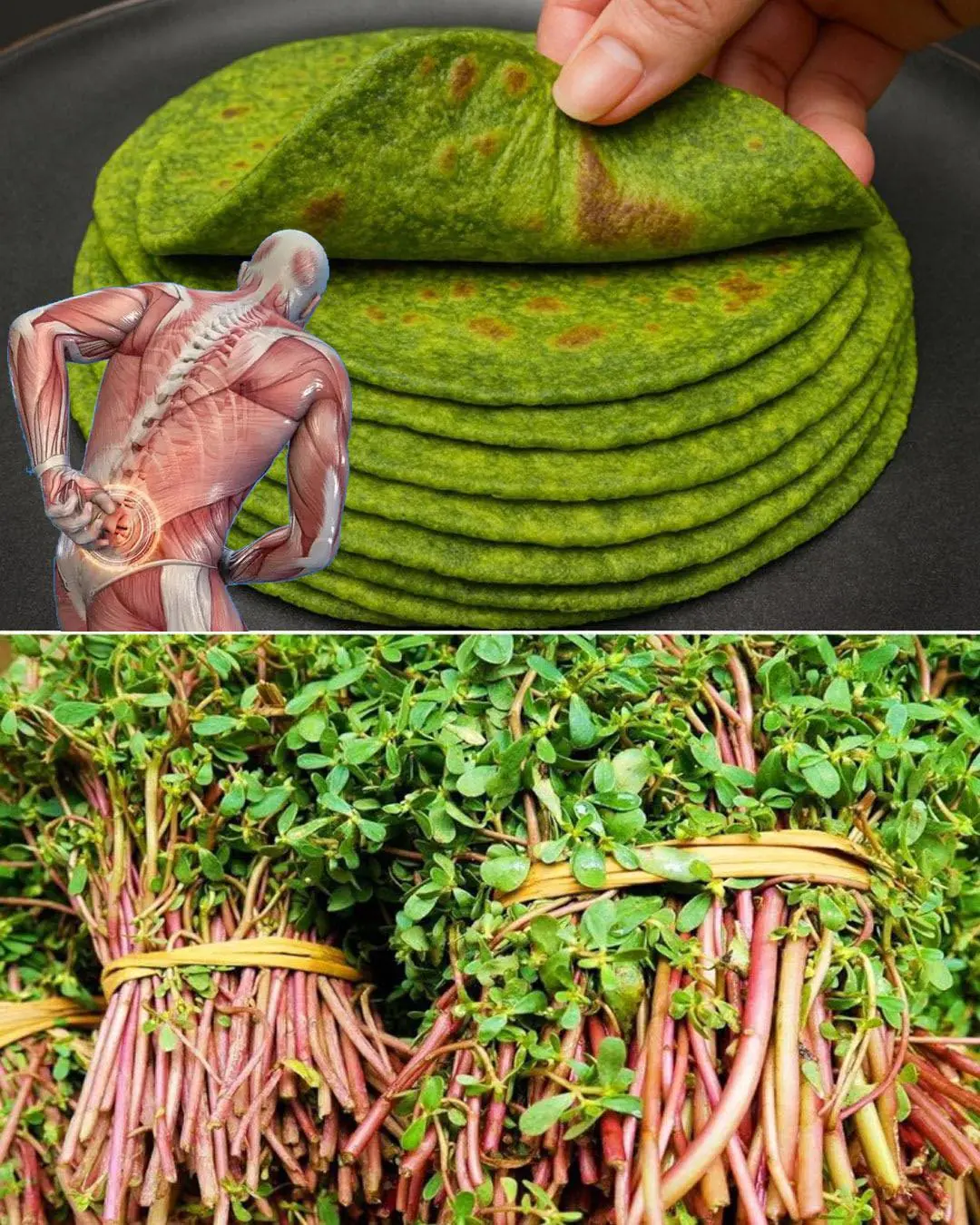
10 Benefits and uses of purslane
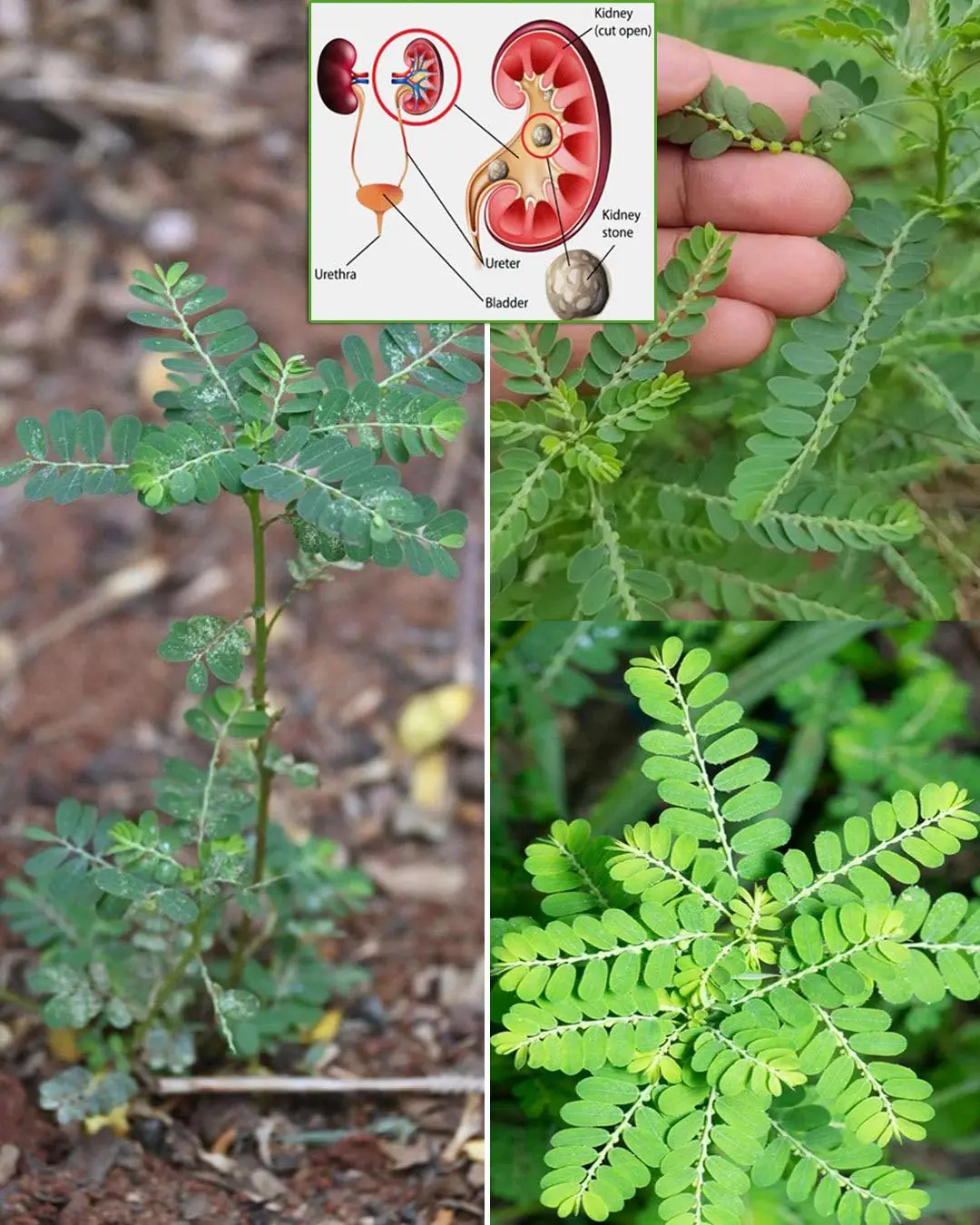
Chanca Piedra (Stonebreaker): Benefits and Uses
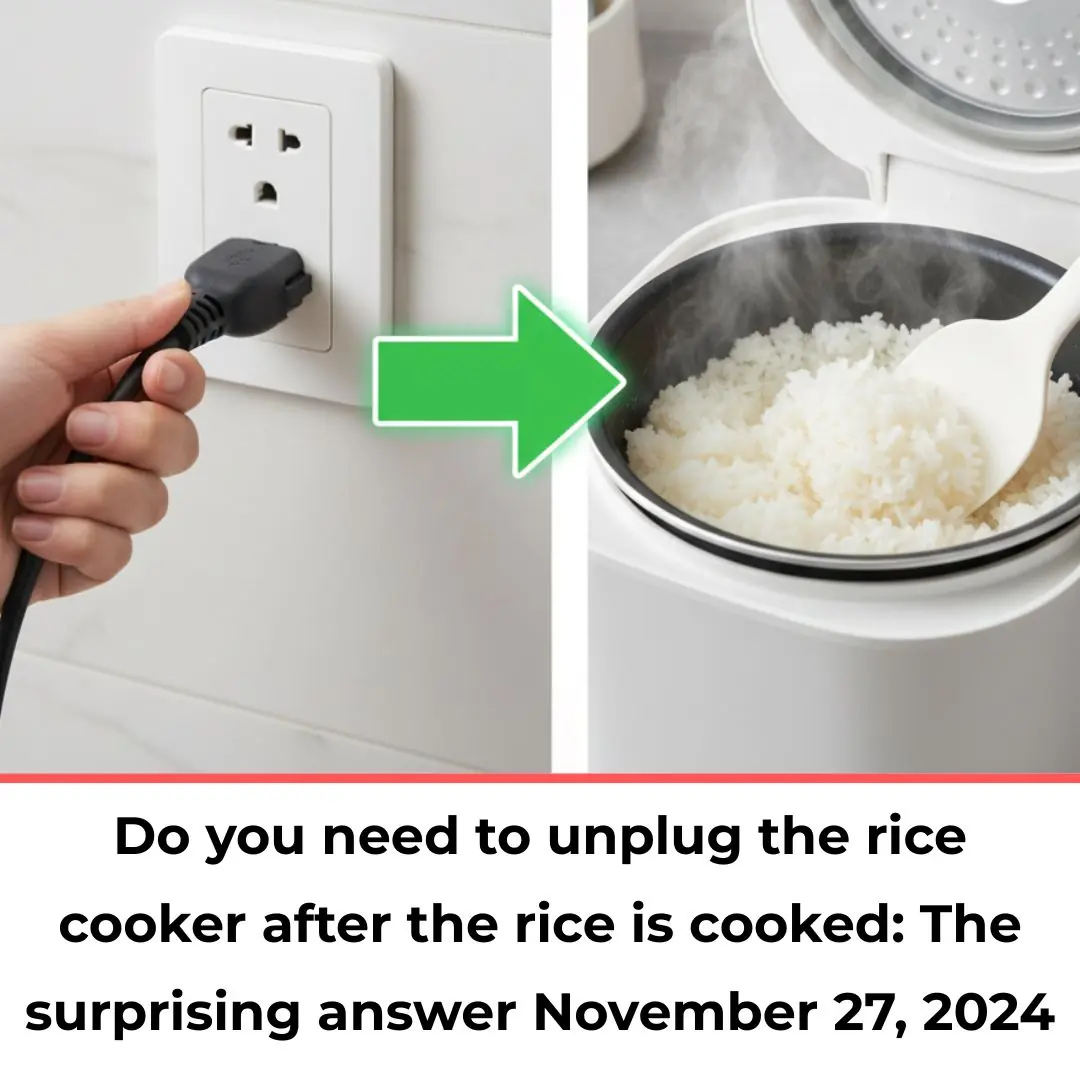
Do you need to unplug the rice cooker after the rice is cooked: The surprising answer November 27, 2024
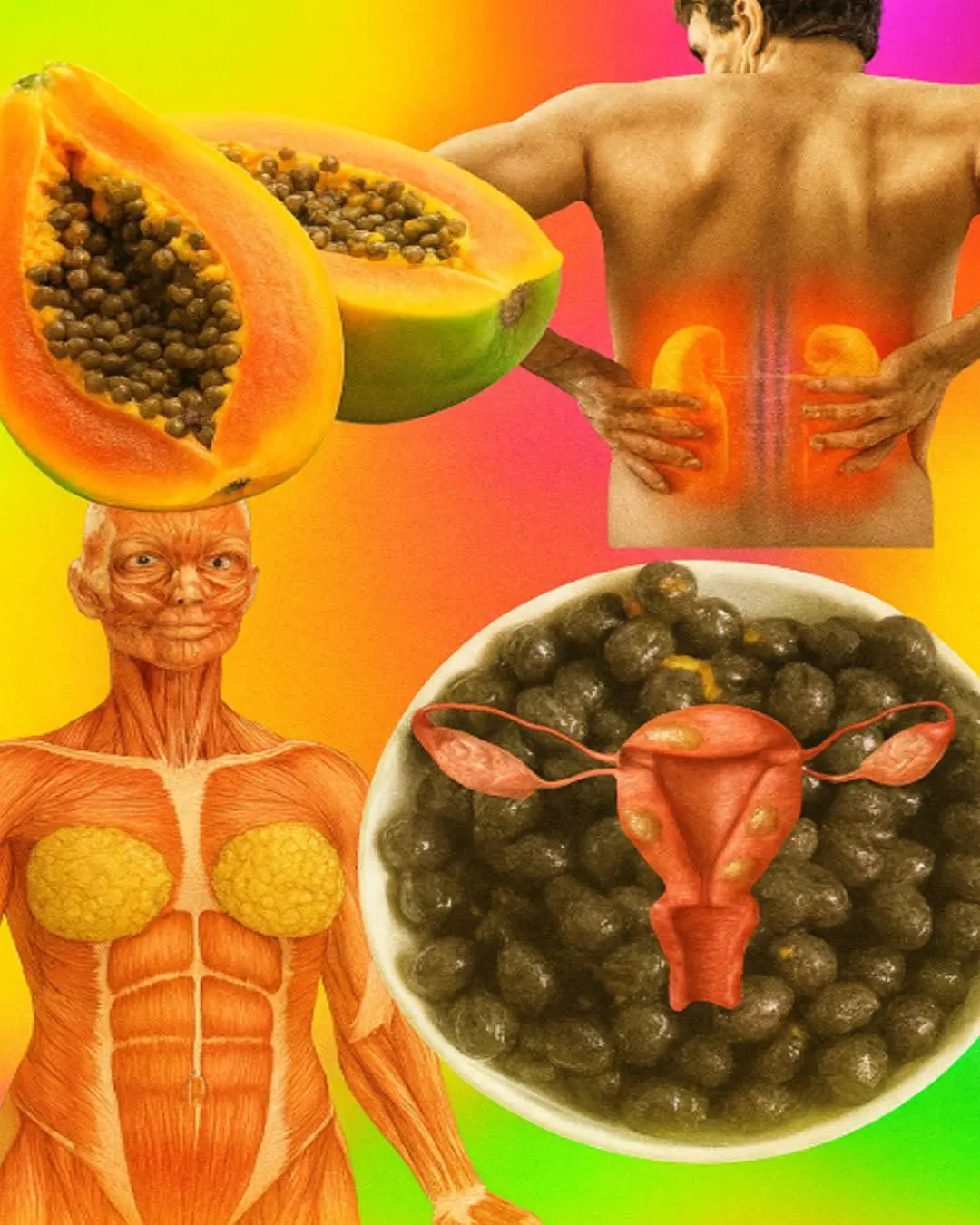
7 Benefits Of Papaya Seeds & How To Consume Them Correctly

Bougainvillea likes to 'eat' this the most, bury it at the base once and the flowers will bloom all over the branches

The elders say: "If you put these 3 things on top of the refrigerator, no matter how much wealth you have, it will all be gone." What are these 3 things?
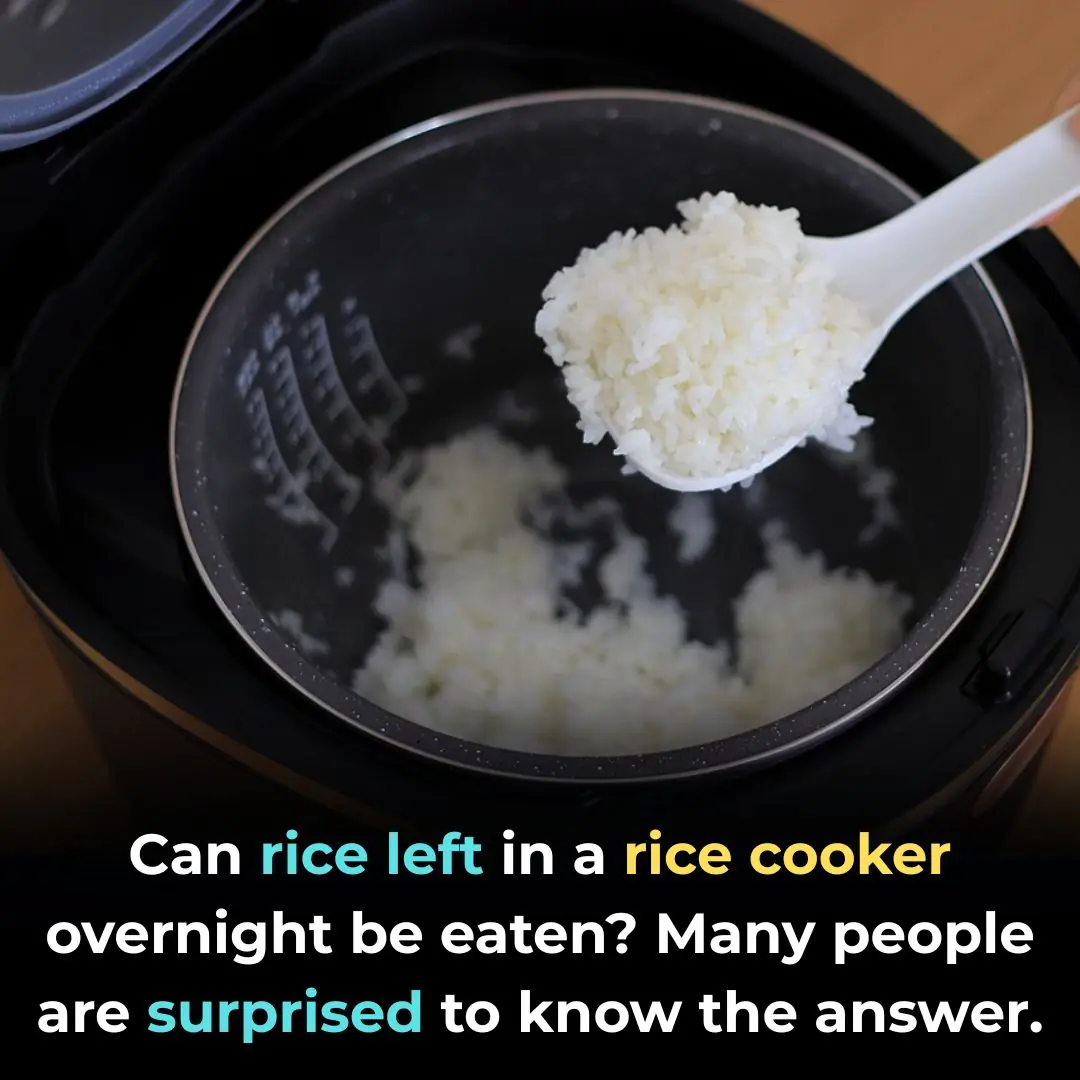
Can rice left in a rice cooker overnight be eaten? Many people are surprised to know the answer.
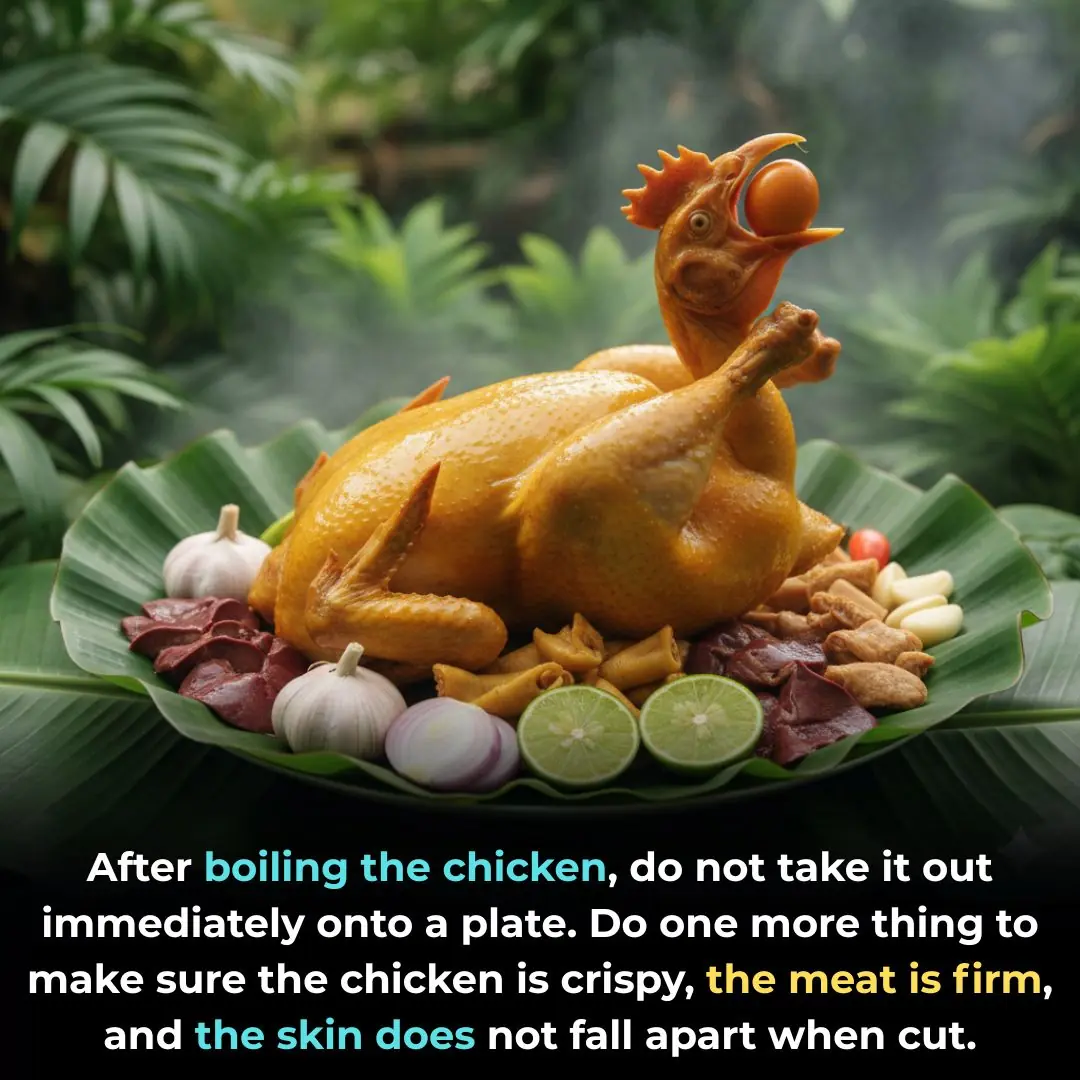
After boiling the chicken, do not take it out immediately onto a plate. Do one more thing to make sure the chicken is crispy, the meat is firm, and the skin does not fall apart when cut.

Cut this fruit into small pieces and put it in the pot to boil the duck: The bad smell is gone, the meat is fragrant, soft and flavorful.

Medicinal Health Benefits of Turmeric, Curcumin and Turmeric Tea Based on Science
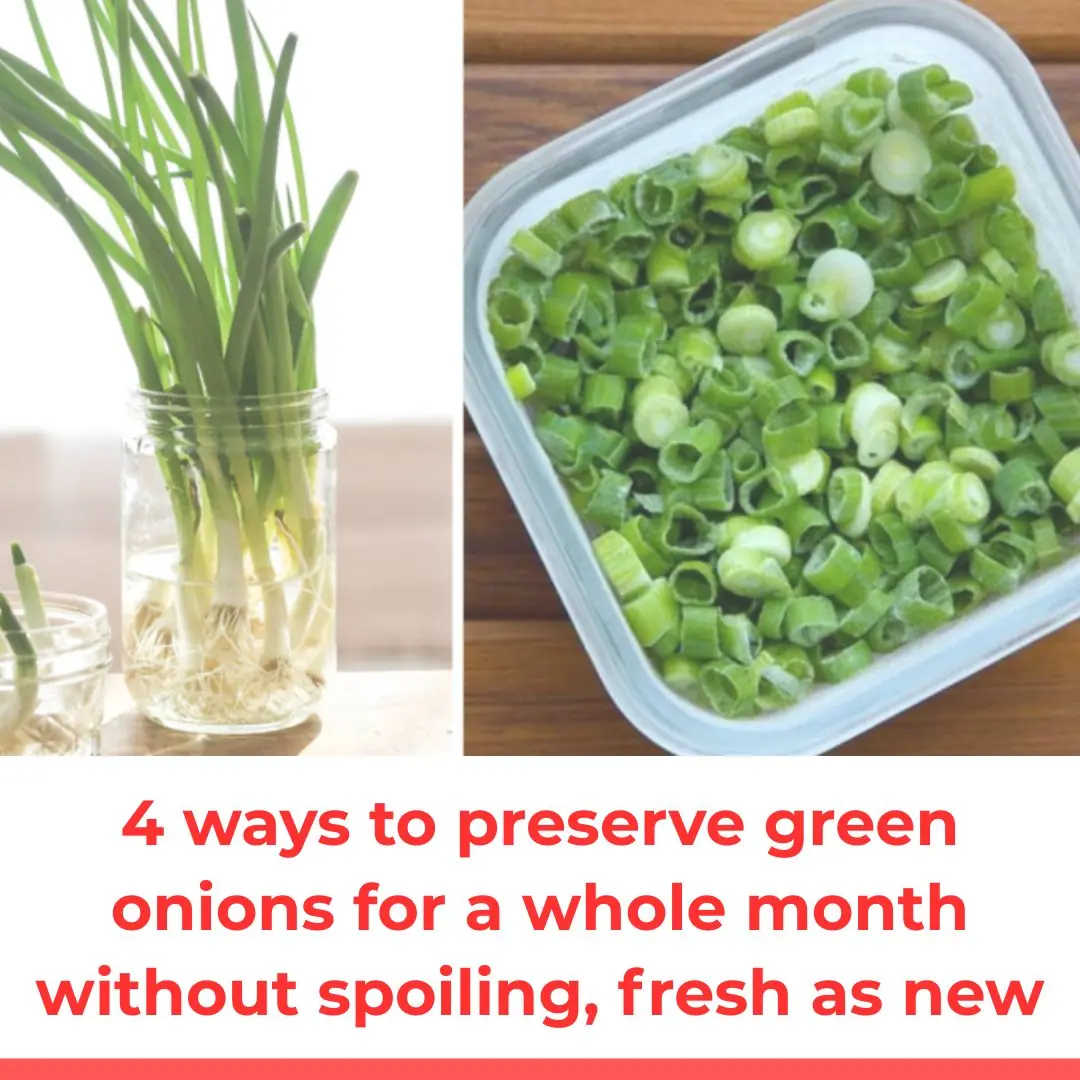
4 ways to preserve green onions for a whole month without spoiling, fresh as new

The best way to lower blood pressure fast!

9 Habits You Need To Adopt Today To Stop Alzheimer’s or Dementia Before It Starts
